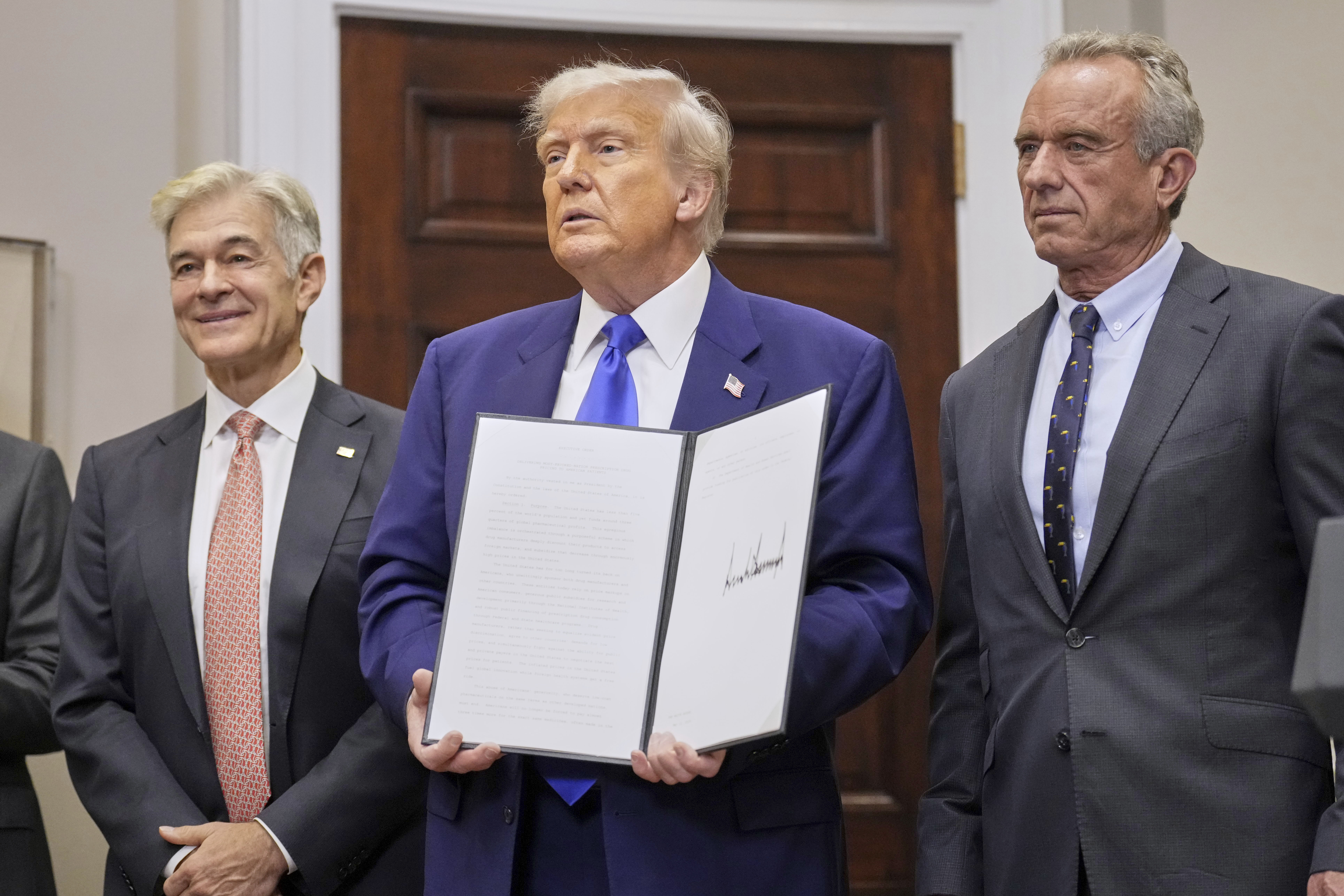Prescription Drug Prices: Why US Pays More & What To Do
The Rx Price Puzzle: Why Americans Pay So Much More for Prescription Drugs
Introduction: The Sticker Shock at the Pharmacy
Ever walked into a pharmacy in the US, prescription in hand, only to experience serious sticker shock? You're not alone! Americans often find themselves paying significantly more for prescription drugs than people in other developed countries. Why is that? Is it some sort of pharmaceutical conspiracy? Well, it's complicated. Let's dive into the fascinating (and frustrating) world of prescription drug pricing and try to unravel this mystery. Think of it like trying to untangle a ball of yarn – it takes patience and a keen eye to spot the knots.
The RAND Corporation's Eye-Opening Report
Let’s get right to the point. A 2024 report by the RAND Corporation is pretty stark: Drug prices in the U.S. were almost three times higher than in 33 other high-income countries. Three times! Imagine paying $300 for something you could get for $100 elsewhere. That’s the reality for many Americans.
The Elephant in the Room: A Fragmented System
So, what’s the deal? The main culprit, according to many experts, is the U.S.’s complex and fragmented reimbursement system and the conspicuous absence of national pricing control. It's like a chaotic marketplace with little to no regulation, where everyone is trying to get the best deal they can, often at the expense of the consumer.
Political Attempts to Lower Costs: The Trump Era
President Donald Trump recognized this issue and attempted to address it. He signed an executive order aimed at lowering drug costs by essentially tying the prices of some medicines in the U.S. to the significantly lower ones found abroad. This "most favored nation" policy, as it was called, sought to leverage the buying power of other countries to bring down prices at home.
Did it Work? The Jury’s Still Out
While the intention was noble, the actual impact of Trump's executive order remains a subject of debate. It faced legal challenges and ultimately had limited practical effect. The reality is that fixing such a complex problem requires more than just a single executive order. It demands comprehensive reform and a willingness to challenge powerful pharmaceutical interests.
The Role of Pharmaceutical Companies: Innovation vs. Profit
Pharmaceutical companies argue that high drug prices are necessary to fund research and development (R&D) for new and innovative treatments. They spend billions on developing new drugs, and they need to recoup those costs. It's a valid point. But is the current system the fairest way to balance innovation with affordability? That’s the million-dollar question, isn't it?
The R&D Argument: A Closer Look
While R&D is undoubtedly expensive, critics argue that pharmaceutical companies often prioritize profits over genuine innovation. They point to instances of "evergreening," where companies make minor tweaks to existing drugs to extend their patents and maintain market exclusivity, effectively blocking cheaper generic versions from entering the market. Is this ethical? Is it truly innovation, or just clever maneuvering to keep the profits rolling in?
The Power of Patents and Market Exclusivity
Patents give pharmaceutical companies exclusive rights to manufacture and sell a drug for a set period. This market exclusivity allows them to charge high prices without competition. While patents are essential to incentivize innovation, the length and scope of these protections are often debated. Are they too long, giving companies an unfair advantage? Are there ways to strike a better balance between protecting innovation and promoting affordability?
The Absence of Negotiation: Medicare and Drug Prices
One of the biggest differences between the U.S. and other countries is that Medicare, the government-run health insurance program for seniors, is prohibited from directly negotiating drug prices with pharmaceutical companies. This lack of negotiating power puts the U.S. at a significant disadvantage.
Why Can't Medicare Negotiate?
The reason Medicare can't negotiate is largely due to lobbying efforts by the pharmaceutical industry, which has significant influence in Washington. This restriction effectively allows pharmaceutical companies to set their own prices, knowing that Medicare, a major purchaser of drugs, has no leverage to push for lower costs.
The Complex Web of Pharmacy Benefit Managers (PBMs)
Pharmacy Benefit Managers (PBMs) are companies that manage prescription drug benefits for health insurers and employers. They negotiate with pharmaceutical companies and pharmacies to try to get lower prices. However, the PBM system is often criticized for its lack of transparency and potential conflicts of interest.
Are PBMs Helping or Hurting?
Some argue that PBMs are adding another layer of complexity to the drug pricing system and that their practices are not always in the best interests of patients. They may receive rebates from pharmaceutical companies in exchange for including certain drugs on their formularies (lists of covered drugs), which can drive up costs for consumers. Are PBMs truly acting as patient advocates, or are they simply middlemen profiting from a broken system?
Direct-to-Consumer Advertising: Fueling Demand and Prices?
The U.S. is one of the few countries that allows direct-to-consumer (DTC) advertising of prescription drugs. This advertising can create demand for specific medications, even if they're not the most appropriate or cost-effective treatment option. Does this constant bombardment of drug ads influence patients to ask their doctors for specific (and expensive) medications, even when cheaper alternatives exist?
The Impact on Patients: Affordability and Access
Ultimately, high drug prices have a significant impact on patients. Many Americans struggle to afford their medications, leading to skipped doses, delayed treatment, and poorer health outcomes. For some, choosing between food and medicine is a heartbreaking reality. This is simply unacceptable in a country as wealthy as the United States.
Potential Solutions: What Can Be Done?
There's no single magic bullet to fix the problem of high drug prices in the U.S. However, several potential solutions have been proposed, including:
- Allowing Medicare to negotiate drug prices.
- Increasing transparency in the PBM system.
- Reforming the patent system to prevent "evergreening."
- Importing drugs from other countries where prices are lower.
- Limiting direct-to-consumer advertising.
A Call for Reform: A More Equitable System
The fight for affordable prescription drugs is far from over. It requires a concerted effort from policymakers, pharmaceutical companies, PBMs, and patients. We need a system that balances innovation with affordability, ensuring that everyone has access to the medications they need to live healthy lives. It's time for a change.
Conclusion: Unraveling the Rx Price Puzzle
So, why do Americans pay so much more for prescription drugs? The answer lies in a complex web of factors, including a fragmented reimbursement system, a lack of national pricing control, the influence of pharmaceutical companies, the absence of Medicare negotiation, and the role of PBMs. While there's no easy fix, a combination of policy changes, increased transparency, and a commitment to patient well-being can pave the way for a more equitable and affordable healthcare system.
Frequently Asked Questions (FAQs)
Q: Why can't the US just import cheaper drugs from other countries?
A: Importing drugs is a complex issue. While it could potentially lower costs, there are concerns about safety and quality control. Ensuring the integrity of imported medications is crucial to protect patients. Some policy changes would be needed at the federal level to allow widespread importation.
Q: What is "evergreening" and why is it a problem?
A: "Evergreening" is when pharmaceutical companies make minor changes to existing drugs to extend their patents. This prevents cheaper generic versions from entering the market, keeping prices high. It's a problem because it prioritizes profits over affordability and can stifle true innovation.
Q: Are generic drugs always cheaper than brand-name drugs?
A: Yes, generic drugs are typically significantly cheaper than brand-name drugs. However, even generic drug prices in the US can be higher than in other countries. Always ask your doctor or pharmacist about generic alternatives to save money.
Q: How can I find out the price of a prescription drug before I go to the pharmacy?
A: You can use online tools and websites to compare drug prices at different pharmacies in your area. Also, consider asking your doctor if there are any lower-cost alternatives or patient assistance programs available.
Q: What role do insurance companies play in drug pricing?
A: Insurance companies negotiate with PBMs and pharmacies to get discounts on prescription drugs for their members. However, the specifics of these negotiations are often opaque, and the benefits may not always be passed on to consumers in the form of lower co-pays or premiums. Your insurance plan's formulary is the list of drugs they cover.

